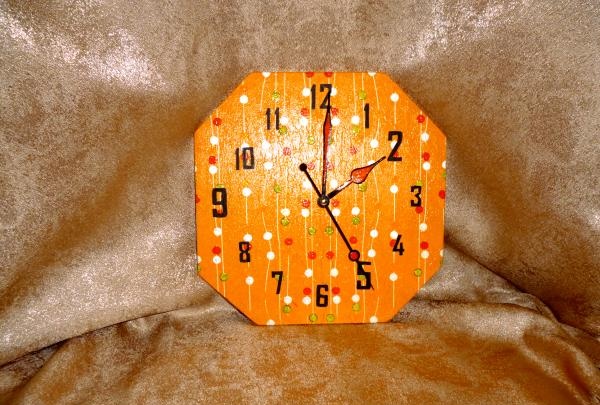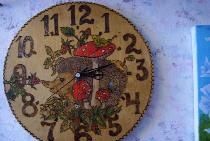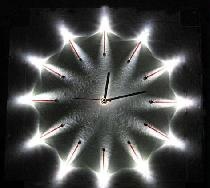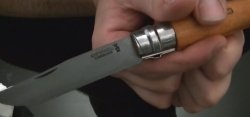To work you will need tools:
- saw;
- drill;
- sandpaper;
- ruler;
- pencil;
- various brushes;
- hair dryer;
- iron;
- scissors;
- foam sponge.
And the materials you need:
- sheet of plywood;
- acrylic paints;
- acrylic primer;
- PVA glue;
- Polish for hair;
- acrylic lacquer;
- water;
- clock mechanism.
First of all, you should decide on the shape of the future watch and its size. Then we draw the outline and cut it out. We clean the edges with sandpaper to form a small chamfer.

On the workpiece you need to mark the center through which the clock mechanism will be attached. We mark the plywood with a pencil.
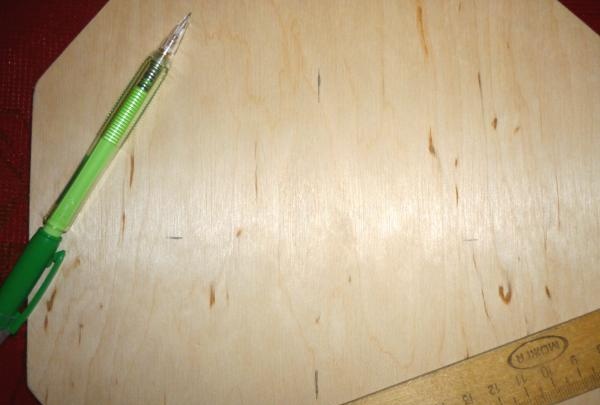
Draw two intersecting central lines.

Now you should make a hole at the intersection of the lines with a drill.
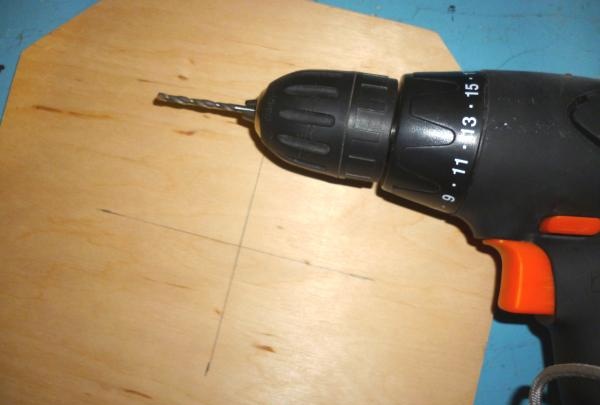

We clean the edges of the hole and, if necessary, bore it so that the fastening for the clock mechanism hands passes freely.
We cover the workpiece with acrylic primer in two layers with intermediate drying for 1 hour.

The sides of the workpiece should also be covered with primer.
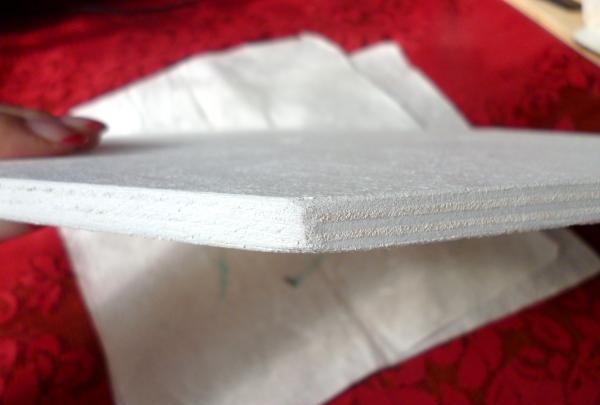
Choose the napkin you like. It must be three-layered.
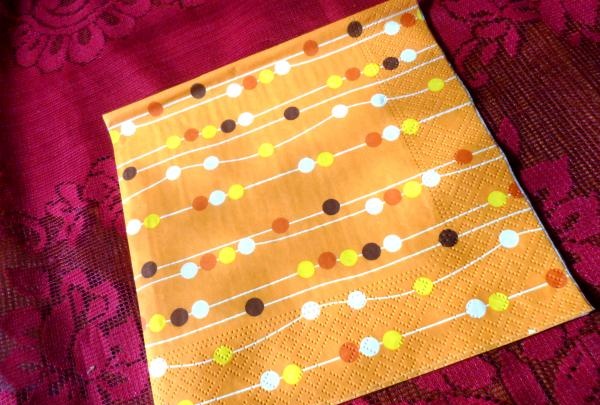
Separate the color layer from the rest.
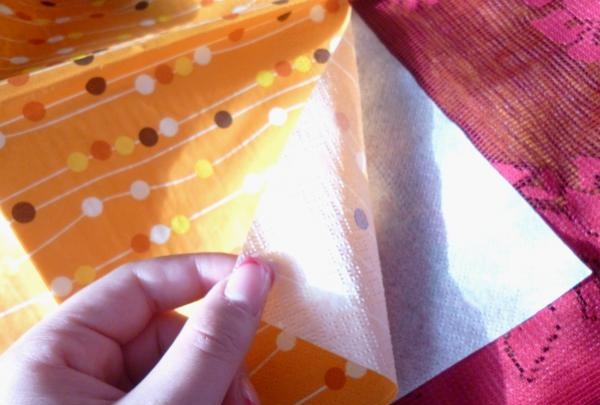
Now dilute PVA glue with water in equal parts in a small container and mix.
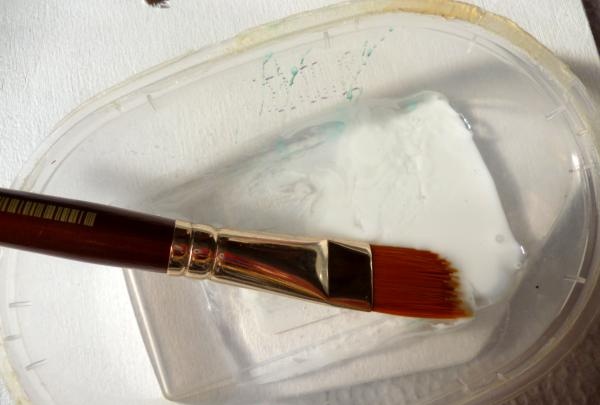
Cover the workpiece with the resulting mixture and dry it completely with a hairdryer.
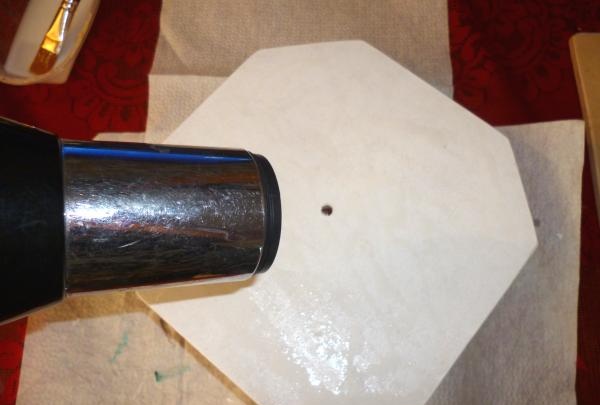
Place the napkin on top of the workpiece. We tear off the part that extends beyond the outline of the watch, taking into account that a small part should be folded onto the back side of the workpiece.
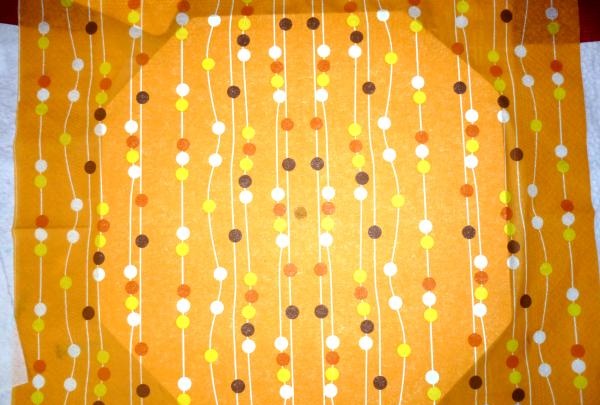
Place a sheet of paper on top and carefully iron the napkin through it. First the front side, then the sides.
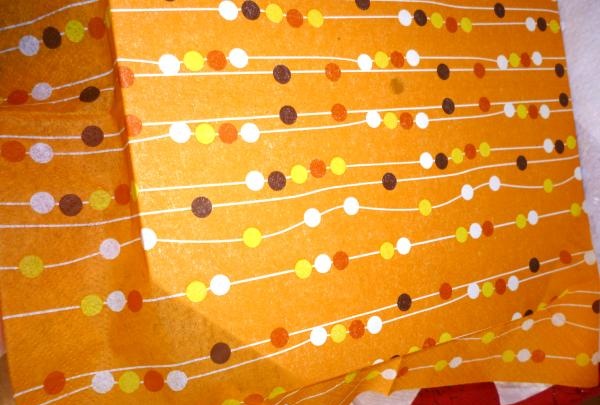
We fold the rest of the napkin onto the reverse side and glue it with a brush with glue diluted in water. Let it dry thoroughly.

If desired, you can make some elements a little brighter using acrylic paint.
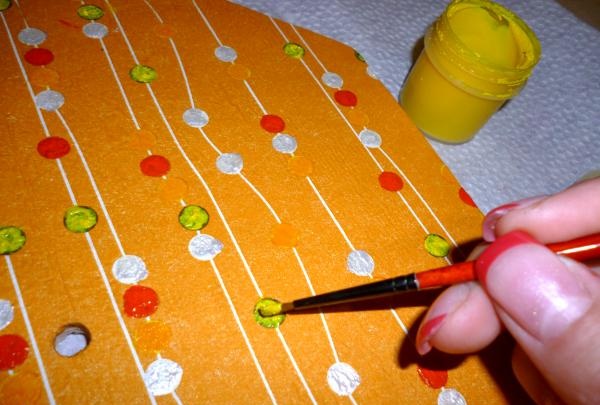
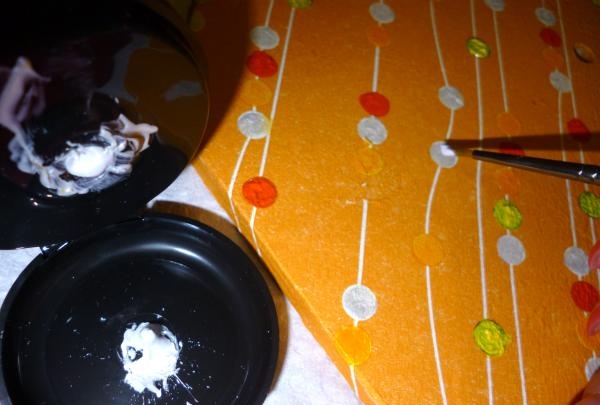
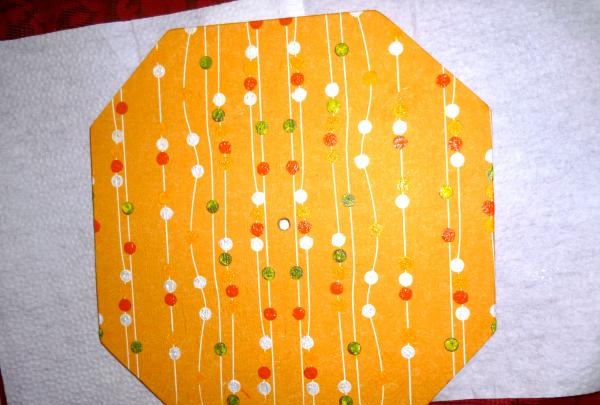
Since when purchasing the clock mechanism there were no hands of the required color, I simply purchased the cheapest ones, they turned out to be green.

I just paint them with acrylic paint.

After the paint has dried, I cover them with three layers of acrylic varnish.
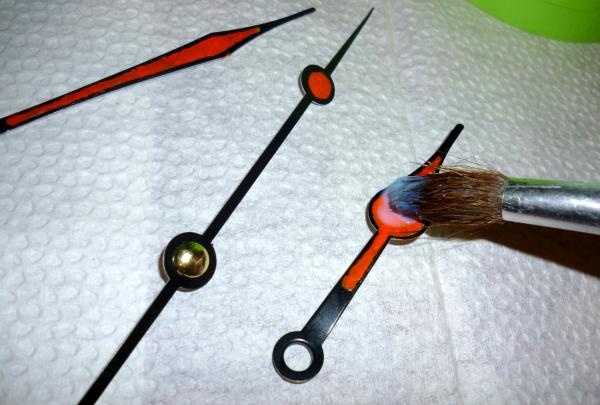
In the photo the varnish has just been applied and therefore appears white; after drying it will become transparent.

Let's return to the watch case. The napkin must be coated with acrylic varnish. If you do this right away, the napkin will wrinkle. Therefore, first apply a layer of hairspray, a little and evenly.

And dry it completely with a hairdryer.
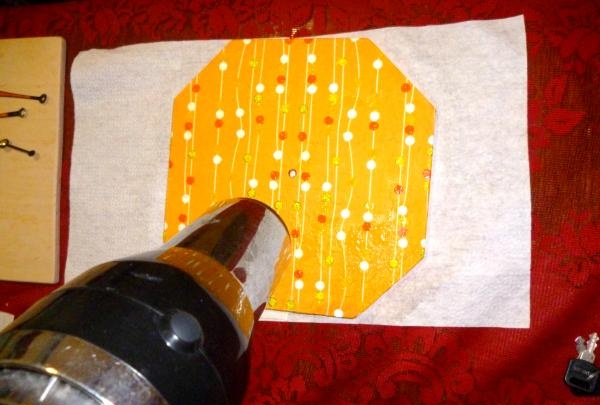
Now you can start coating the workpiece with acrylic varnish.
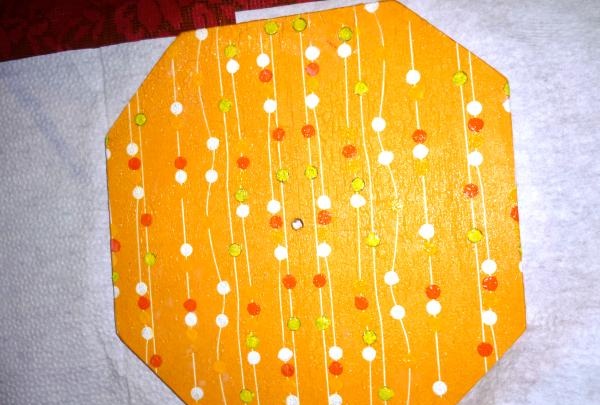
Leave to dry for 2 hours
Before you start applying the dial, you should apply at least 5 layers of acrylic varnish, making sure to thoroughly dry each of them.
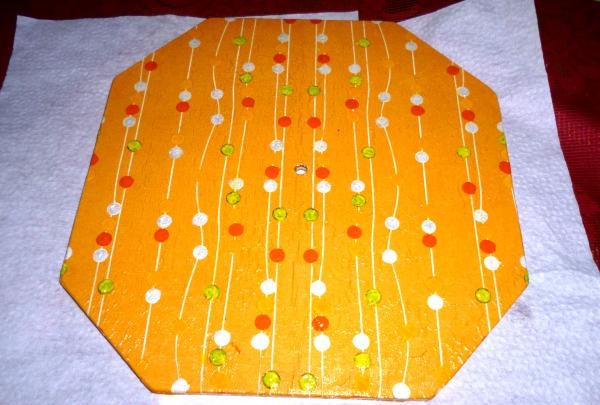
Now we need numbers for the clock. They can be painted with acrylic paint or printed. I printed out several options and chose the most suitable one.

I cut out each number into a square and laid them out on the blank.
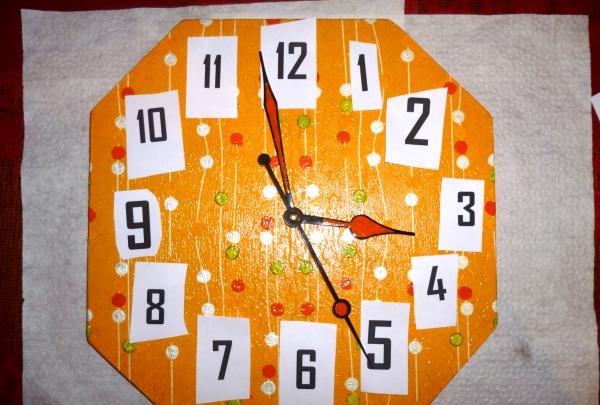
Using small scissors, I carefully cut out each number along the outline. I painted over the remaining white areas with a black gel stick.
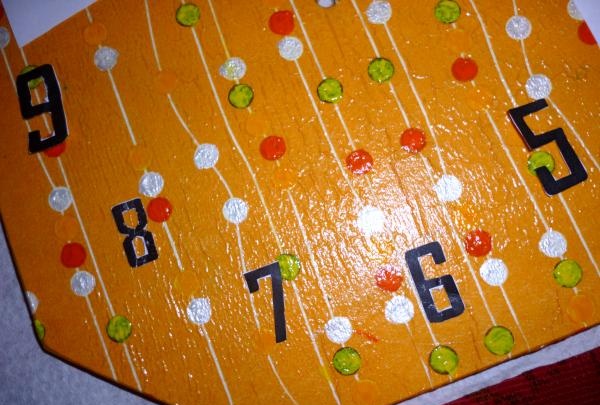
Apply undiluted PVA glue to the back of each number and glue them into place.

Now again everything needs to be covered with several layers of varnish with intermediate drying. In the photo, the freshly applied varnish is clearly visible in the numbers.

When all the layers of varnish have been applied and dried, it’s time to assemble the clock mechanism.

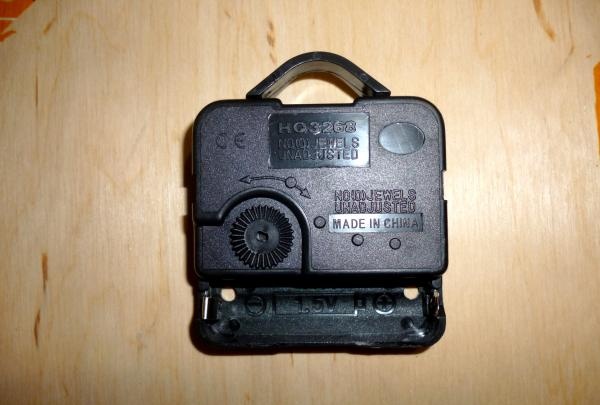
We insert the battery.
Our clock is ready to use, all that remains is to hang it on the wall.
